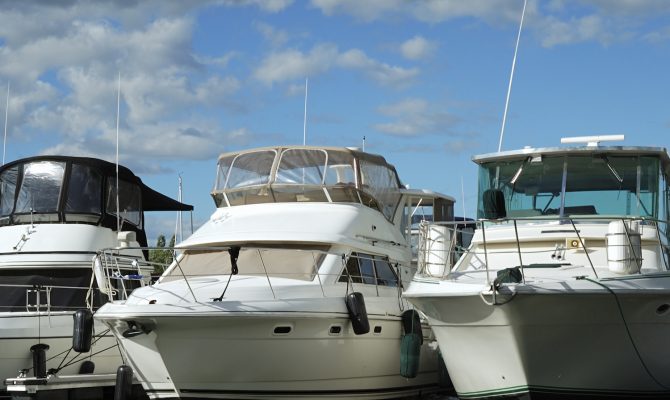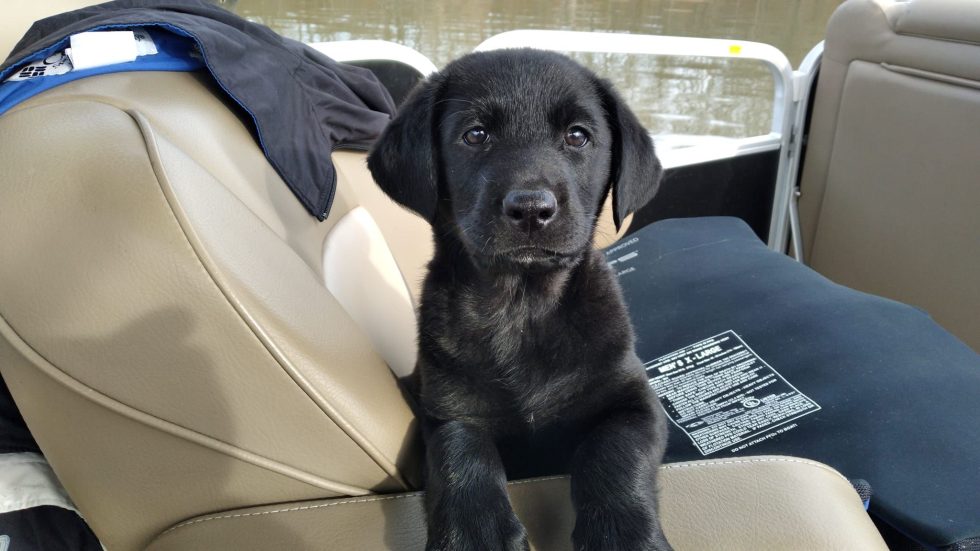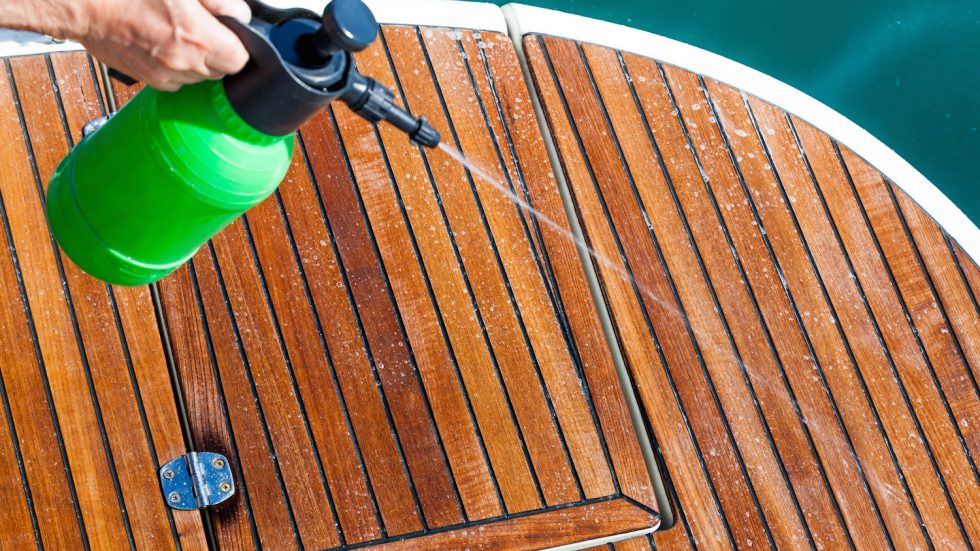Just Drive It
“What’re ya lookin’ at the bow for when you’re goin’ backward? Just drive the thing.”
Those words were hollered in my ear by “Skip” Johnson, an old mentor of mine who was trying to show me how to back an ancient, slab-sided Chris-Craft Constellation into a cross-wind-plagued Lake Michigan dock.
He had a point.
You drive a boat backwards just like you do forwards. Turn the wheel in the direction of travel. Don’t worry about the bow; it will follow the stern.
Got twins? The boat will twist in reverse the same way it will going forward. Anybody conversant with a heavy-displacement, twin-engine vessel — especially if it’s turning massive wheels like some of those 60’s-era boats — is going to power in backwards without a second thought.
It’s those of us with modern, lightweight, narrow-bowed, fiberglass cruisers, that aren’t going to have it that easy.
Don’t Overcompensate
The pointier the bow is, the more wind and current are going to affect it. So, we try to compensate. And overcompensation is among the most frequent errors a boater makes when backing in. We point the bow to windward or up-current and expect it to be pushed in the right direction. When that doesn’t happen, the boat can be at an awkward angle when you want to go astern.
What I’ve found helpful, especially with twin-powered boats, is to eyeball the furthest piling of the two that I’m going to squeeze between. When that piling is directly across from me (assuming a conventional, aft-helmed cruiser) and I’m at a right angle to the slip, I begin the twist. The boat should come to a complete stop. Having to overcome forward motion when beginning the swing, I believe, is a common error that often leads to overcompensation.
When there’s no longer forward motion, reverse the engine that will get you started in the proper direction (port engine if the slip is to starboard, starboard engine if the slip is to port). If you need to kick the opposing engine forward to increase your swing, generally speaking, there should a bit of a lag as well as less revs in that direction. You want to swing, not go forward.
Another common error is beginning to move astern — into the slip — before the boat is properly lined up. When there’s way on astern, the boat isn’t going to swing the same way as it would when it’s static. When it’s lined up, that’s the time to shoot astern.
Spring the Thing
With single screw boats, it’s a whole different ballpark. This is where spring lines and efficient fendering can save the day. Often, especially when the boat is light, small and a sterndrive — and the wind and/or current are piping — it’s better to lie alongside the piling(s) and spring the stern around, then back in.
I like to secure a line to an aft cleat, run the standing end around a piling and loop the line with plenty of tail around the same cleat. Have the crew ease the line out as you back down. Then, when the stern’s where you want it (usually mid-slip), the crew cleats the line; the skipper powers astern ever so gently, just enough to work against that line to bring the bow around and pointing in the right direction. As the stern springs in, the line can be eased for more control.
Without proper fendering, however, the hull can take a beating. That’s when a fenderboard comes in handy. For some reason, these handy devices are going out of style and are seen on fewer boats. Fenderboards don’t take much space — mine are homemade mahogany 2x2s with bronze ¾-inch half-round strips running the dockside length. When slung over a couple of fenders, there’s no way my hull is going to get dinged, even when the piling is named Barnacle City.
Of course, the bottom line is practice, lots of it. And preferably not between litigious goldplaters.
Author: Stu Reininger is a regular contributor to HeartLand Boating




